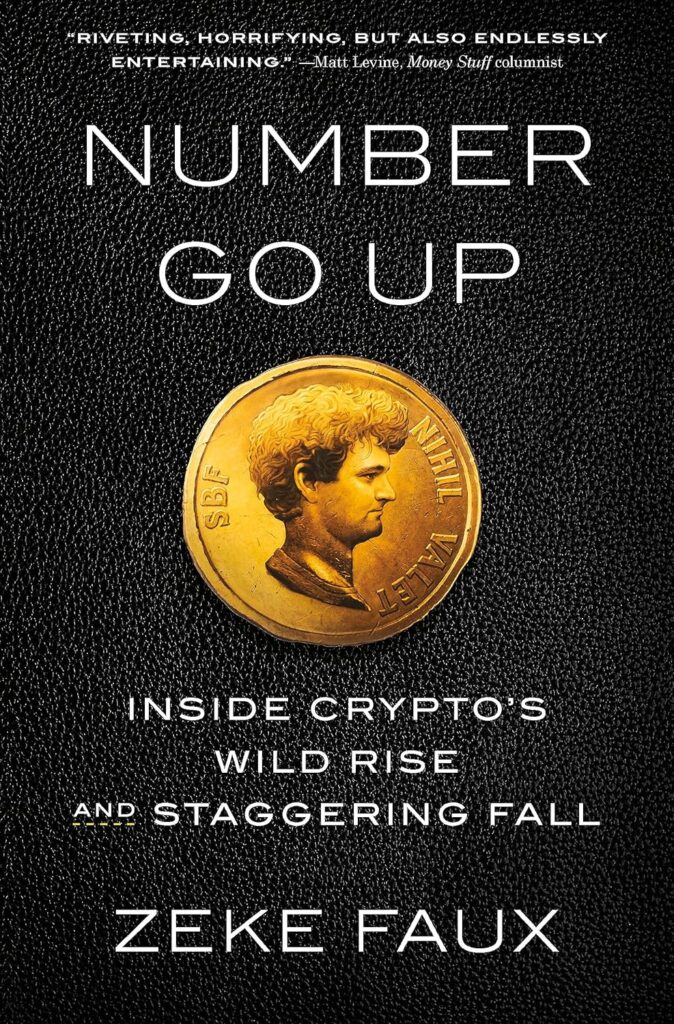In a surprising turn of events, Bitcoin surged to a record high above $69,000 on March 5th, briefly making all holders profitable. This comeback comes after a brutal November 2022, when rising interest rates and the FTX exchange collapse cast a shadow over crypto.
This rally isn’t limited to Bitcoin. Stock markets globally are soaring, along with gold and even bonds (after a rough two years). This surge is fueled by a mix of AI hype, a strong global economy, and expectations of looser monetary policy.
However, Bitcoin is outperforming most. In January, the SEC approved ETF applications from major firms like BlackRock and Fidelity. These ETFs make buying Bitcoin much easier for regular investors, similar to buying stocks. Assets in these ETFs already total around $50 billion. It’s a self-reinforcing cycle: more money in drives prices up, attracting more attention and money.
Bitcoin’s 14-year existence has seen its validation system and supply growth remain secure. Yet, its use for payments remains limited due to high transaction costs and slow speeds. Even blockchain applications aren’t widely built on Bitcoin. With ETFs, Bitcoin’s future seems to be purely as an investment.
Predicting future returns is tricky. Bitcoin has transformed from a niche idea to a mainstream asset. However, its recent price movements offer some clues. One theory is that Bitcoin is a bet on technological progress, with ups and downs reflecting crypto’s prospects. For example, Bitcoin slumped despite soaring tech stocks in 2021 due to Elon Musk’s anti-crypto tweets.
Another theory compares Bitcoin to digital gold, with a limited supply like the amount of gold on Earth. Neither offers dividends or profits. This theory lost favor in 2021-2022 with inflation surges and Bitcoin’s crash, but prices recently moved in line with gold again.
Perhaps both theories hold some truth. A “tech-stock-crypto-gold” hybrid asset could be valuable in portfolios, especially if it has low correlation with other assets. Diversification is key, and a small allocation (1%) to Bitcoin could be a low-risk hedge.
If investors accept this, Bitcoin’s price could continue rising. But what happens when it becomes a standard asset class? If most portfolios hold Bitcoin and crypto technology doesn’t take off, its returns might mirror gold’s: slow, steady growth in line with money supply, likely in the single digits. The ETF frenzy might be a starting point, but the future could be more stable and less explosive.
Discover:

Number Go Up:
Inside Crypto’s Wild Rise and Staggering Fall
$13.99 (30% off)
“The definitive book about crypto and the only one you’ll want to read.”—Max Chafkin, author of The Contrarian

